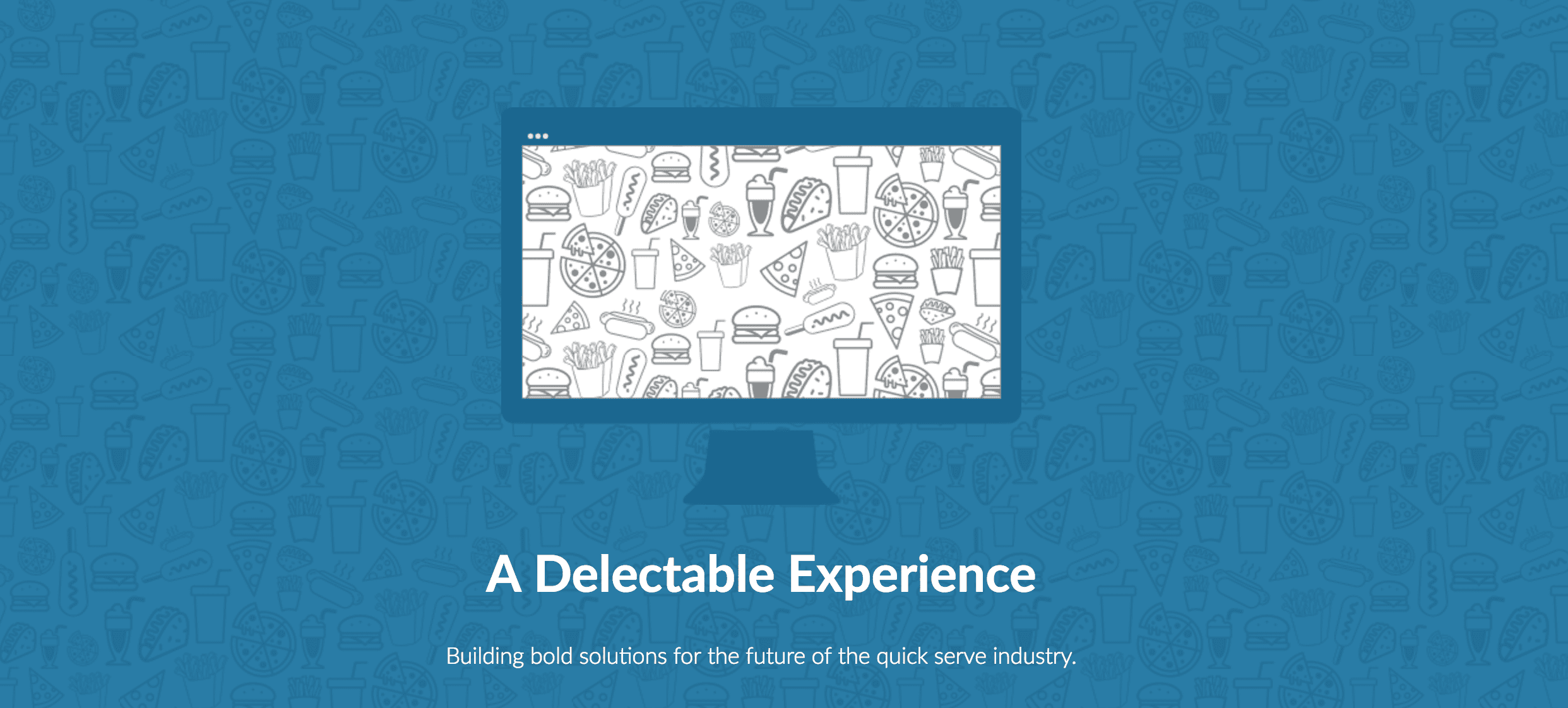
QSRs have historically been opposed to technology implementations, because in a tightly margined business, it makes little sense to buy into hugely expensive technology when the gains are often unclear and rarely realized. Research even indicates that 75% of IT projects fail to launch and those that do launch have to make up for the failures by providing exceptional return on the overall IT investment.
As customers begin to demand technology sophistication from QSRs, those restaurants that have invested in technology ahead of the curve are taking the market by storm. In other words, if you have not begun to invest in more sophisticated, robust technology, you’re probably falling behind and your customers are beginning to order elsewhere.
But you already know this and are now wondering how to possibly take on this task in such a large business with so many moving parts. You must take into consideration corporate departments like IT, marketing, sales, operations; not to mention franchisees and other vendors. The task is daunting and with the challenges found in every large, complex business, it can seem impossible.
Here are 7 tips to ensure success when implementing new technology:
-
1. User Experience and User Interface are critical.
Think for a minute about what you spent on your latest in-store customer experience design and architecture. Think about the amount of time that was spent researching the store’s layout to make it easy for customers to navigate and have the optimal experience. This kind of investment should also be put into the technology your business uses since it will be many customers’ main point of contact with your brand. The user interface must be amazing and the user experience must simple, smooth, and seamless.
-
2. Menus, items, and prices are your foundation.
Before you can effectively manage the menus on a kiosk, a customer’s mobile device, in-store POS, or a digital menu board, you have to have a brand-wide digital foundation of items, modifiers, adjustments, coupons, customizable items, brand wide menus, test menus, and prices. That foundation has to function just as smoothly and easily for your corporate and franchisee users as the digital interfaces functions for your customers. These tools are the foundation of your customers’ experience of your digital brand.
-
3. In-store technology will be difficult.
You have some hundreds or thousands of independent locations and each has its own devices and computers, some with spotty internet, so you need to make sure they get all the right data from your digital menu system. You have all experienced the pain of credit cards going down at one store.... or ten. What would happen if a POS did not get the right prices or a kiosk did not get the new items you just rollout in a national ad campaign?
You already know in-store is tough. Now you need to take that and add more data, more updates, and more software and data deployments. There is no getting around the difficulty. Luckily you are probably pretty good at it by now, the internet is much more reliable, and the engineering experience and technology for software and data deployments is exponentially better than it was even 5 years ago.
-
4. Data is your friend.
Well that’s not an entirely accurate phrase. Data sitting in a data warehouse is worthless. Well visualized data is your friend. Data presented in such a way that it turns itself into knowledge is the foundation of success for any modern business. You don’t have to guess about trends, blips, or market validation. You can look directly at it and make Data Driven Decisions. Want to see what the entire stock market is doing at a glance? Look here: Finviz Map
What if you could see your sales that way? Or customer orders of a test product? Or price changes to sales increase or decrease. Or…you get the point.
-
5. Make it better, make it personal.
Technology can do amazing things. Or it can produce this:
Don’t do that. You can help your customer have a better interaction than they’ve ever had with your brand. Technology is a tool, use it to make life better for your customer. Then, use the data you gather to have meaningful personal interaction with your customer in a way you can’t possibly do today.
Today it is impossible for you to know the preference of your most regular customers. Someone in your store might, but with the movement of employees you probably won’t. Your technology can buy you that.
-
6. This will cross departments.
This is not an IT initiative, it’s not a marketing initiative, or distribution, or your field team, or sales, or your franchisees, or accounting. This touches every department. The ideal solutions will help coordinate all departments and make the organization as a whole much more effective. Don’t forget to involve a few members from each department.
-
7. Get help.
There are organizations who have successfully done this before. Find strong technologists with experience across companies in your industry and across many different industries. Find people and companies that can prove they have helped others in the industry pull off a great technology implementation.
Modernizing your customer facing and supporting technology will be a challenge, but it is time to take action. Take these tips to heart and you’ll pull off something extremely valuable to your customers and set your company on a path to success in a constantly changing environment.
